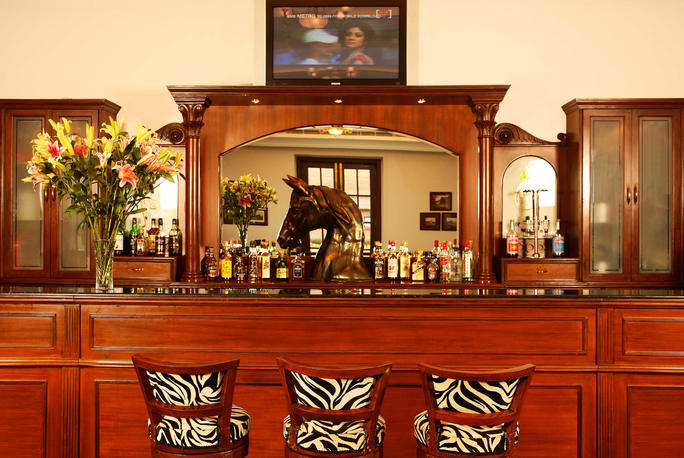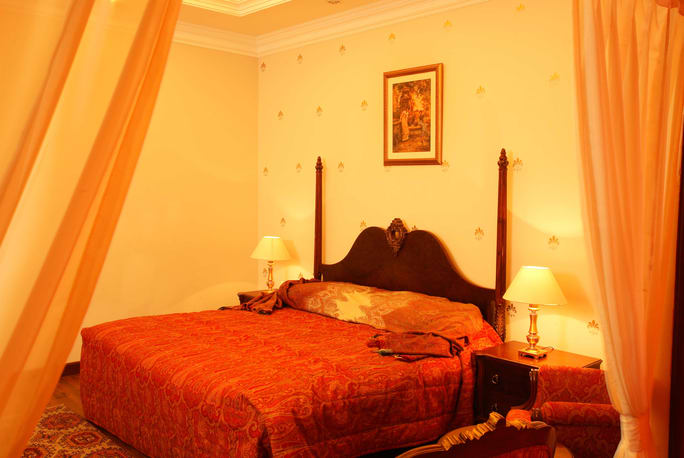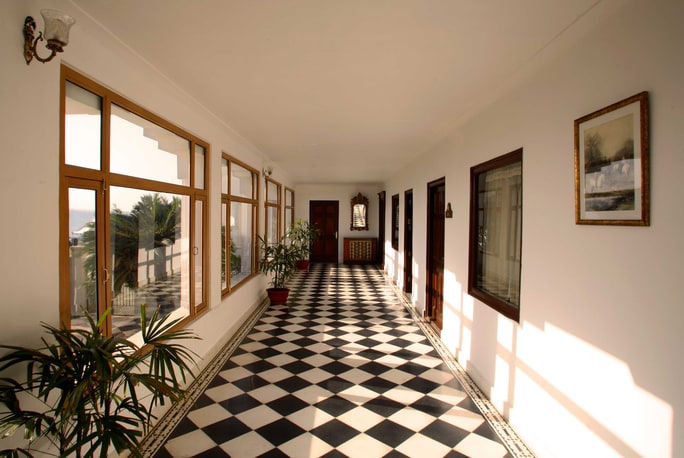Overview
Jammu derives its name from Raja Jamboo Lochan who founded the city in Fourtheenth century B.C. Later in 1820 Maharaja Gulab Singh got the Jagir of Jammu from Maharaj Ranjit Singh. In 1846 Kashmir was sold to Maharaj Gulab Singh and thus became the State of Jammu & Kashmir. One of the most illustrious king to rule the state of Jammu and Kashmir for 22 years (1922-1947) was Maharaja Hari Singh. A secular, social reformer and patriotic ruler, Maharaja Hari Singh made conspicuous contribution to the state. Jammu and Kashmir has the distinction of having multifaceted, variegated and unique cultural blend, making it distinct from the rest of the country, not only from the different cultural forms and heritage, but from geographical, demographically, ethical, social entities, forming a distinct spectrum of diversity and diversions into Kashmir, Jammu and Ladakh, all professing diverse religion, language and culture, but continuously intermingling, making it vibrant specimens of Indian unity amidst diversity. Its different cultural forms like art and architecture, fair and festivals, rites and rituals, seer and sagas, language and mountains, embedded in ageless period of history, speak volumes of unity and diversity with unparalleled cultural cohesion and heritage.Situated in the northern part of India, Jammu and Kashmir is the essence of everything that is Indian, its culture, history, tradition, people and natural splendour.
In the early Nineteenth century Maharaja Hari Singh built a majestic palace by the banks of river Tawi which overlooked the city and had a panoramic view of the Trikuta hills.One of the most illustrious king to rule the state of Jammu and Kashmir for 22 years (1922-1947) was Maharaja Hari Singh. A secular, social reformer and patriotic ruler, Maharaja Hari Singh madeconspicuous contribution to the state.Christened Hari Niwas Palace this majestic structure overlooks the Tawi river valley on one side and Trikuta hills of the Vaishno Devi shrine on the other. Hari Niwas Palace is now looked after by Maharaj Kumar Ajatshatru Singh and Kumarani Ritu Singh, grandson and daughter in law of Maharaja Hari Singh. The couple has painstakingly got the architects to retain the architectural frame of the palace. Nestled among Mango groves and lush green lawns the hotel has played host to several distinguished guests and is the only luxury heritage hotel in the entire state of Jammu and Kashmir.The Hari Niwas Palace is an art-deco structure. Hari Niwas Palace was converted into a heritage hotel in the year 1990. Within the 50 acre palace complex exists the magnificent Amar Mahal Palace Museum which was conceived by Maharaja Amar Singh.
Accommodation
There are a total of 40 rooms split into Rajmata, Maharaja, Maharani, Yuvraj and Rajkumari suites. All rooms are tastefully decorated with Victorian architecture. The rooms offer coffee makers, electronic safe, satellite TVs and a mini bar. Room service option and complimentary Wi-Fi is also available.
Hotel & Room facilities
- 24-hour front desk
- Backup generator
- Breakfast services
- Laundry services
- Free Wi-Fi
- Luggage storage
- Doctor on call
- Parking(free)
- Restaurant
- Travel counter
- Attached Bathroom
- Bathrobes
- H/C running water
- Housekeeping
- Mini Bar
- Swimming pool
- Premium bedding
- Reading lamps
- Room heater
- Daily newspaper
- Television-Room
- Wakeup-calls
- Coffee/Tea maker



